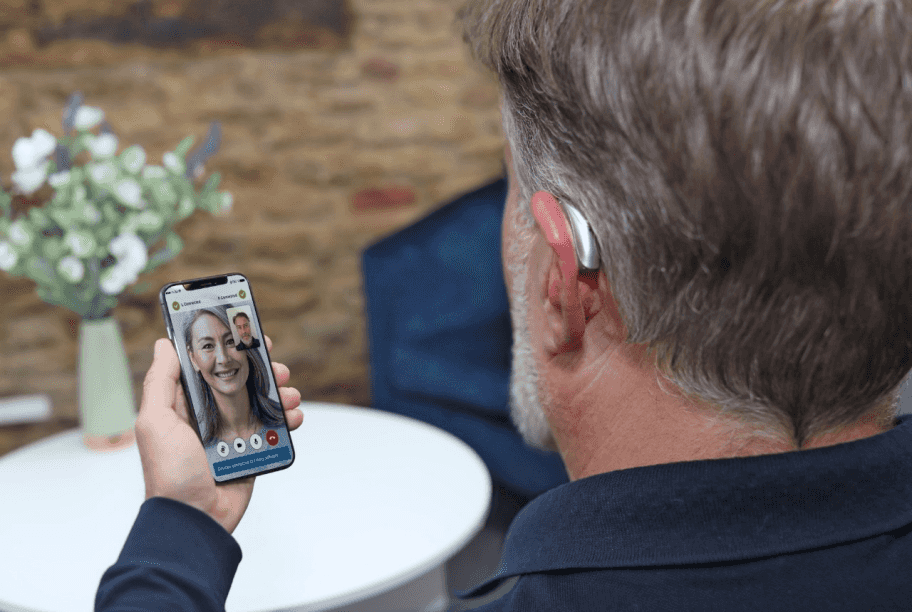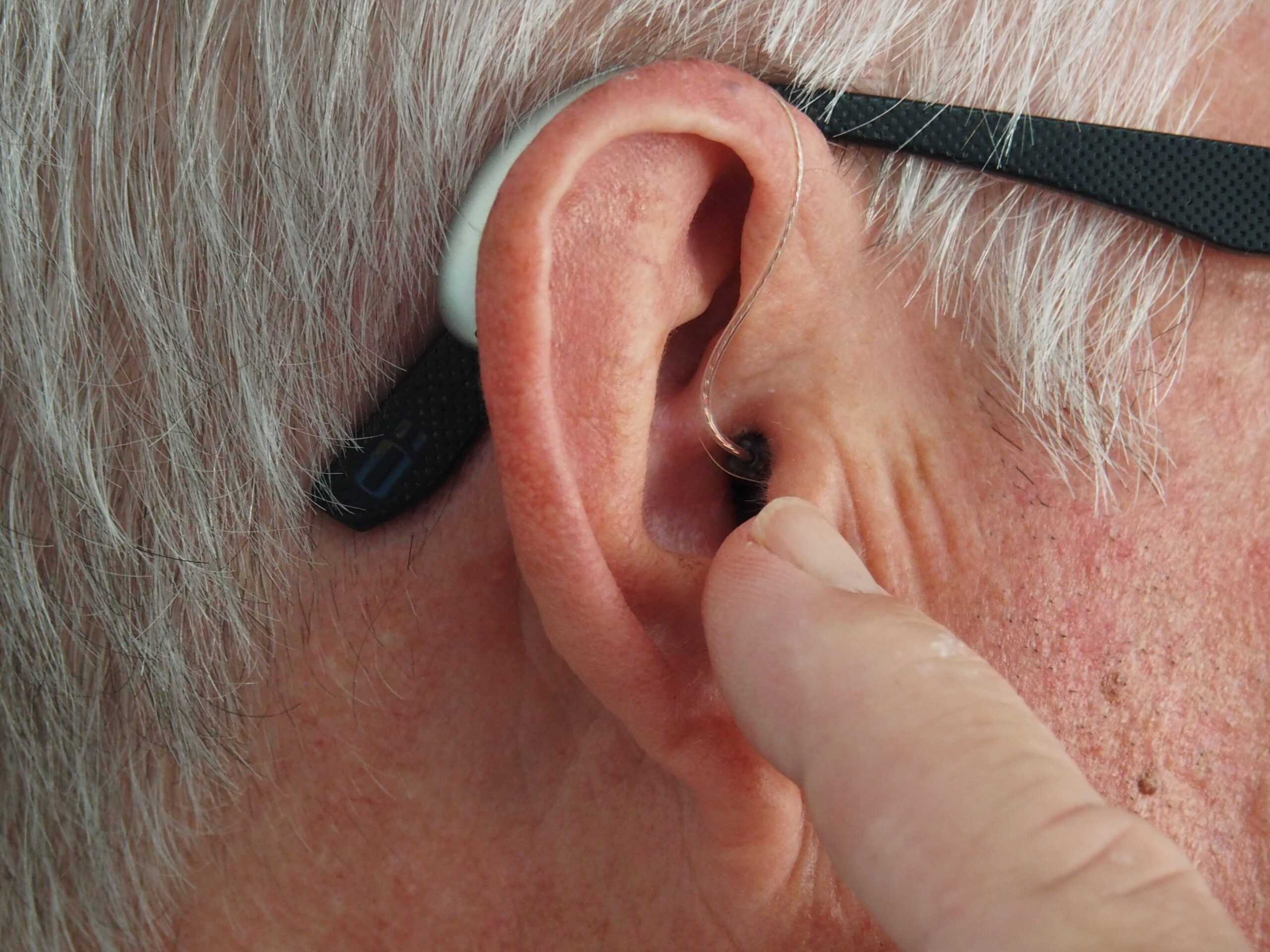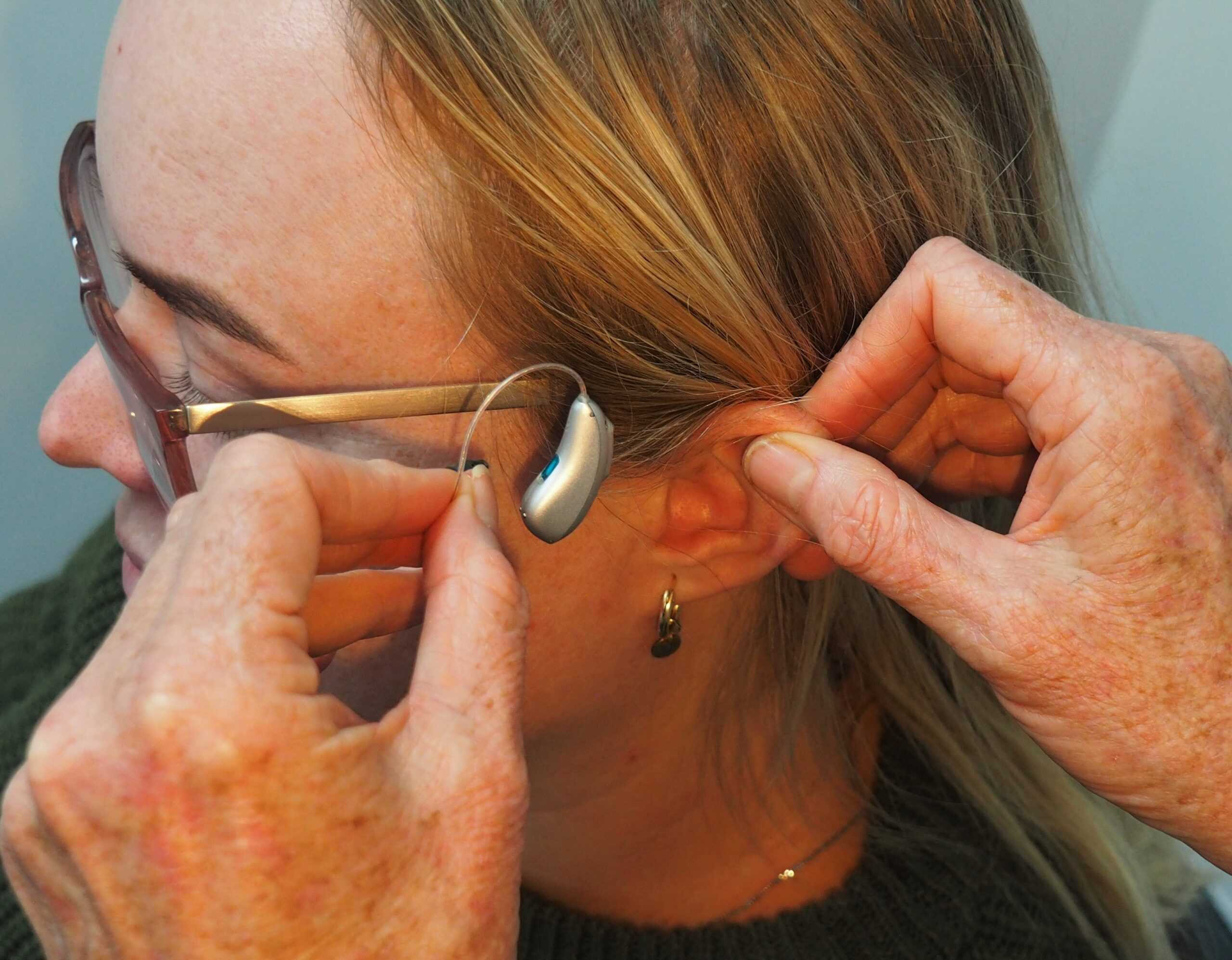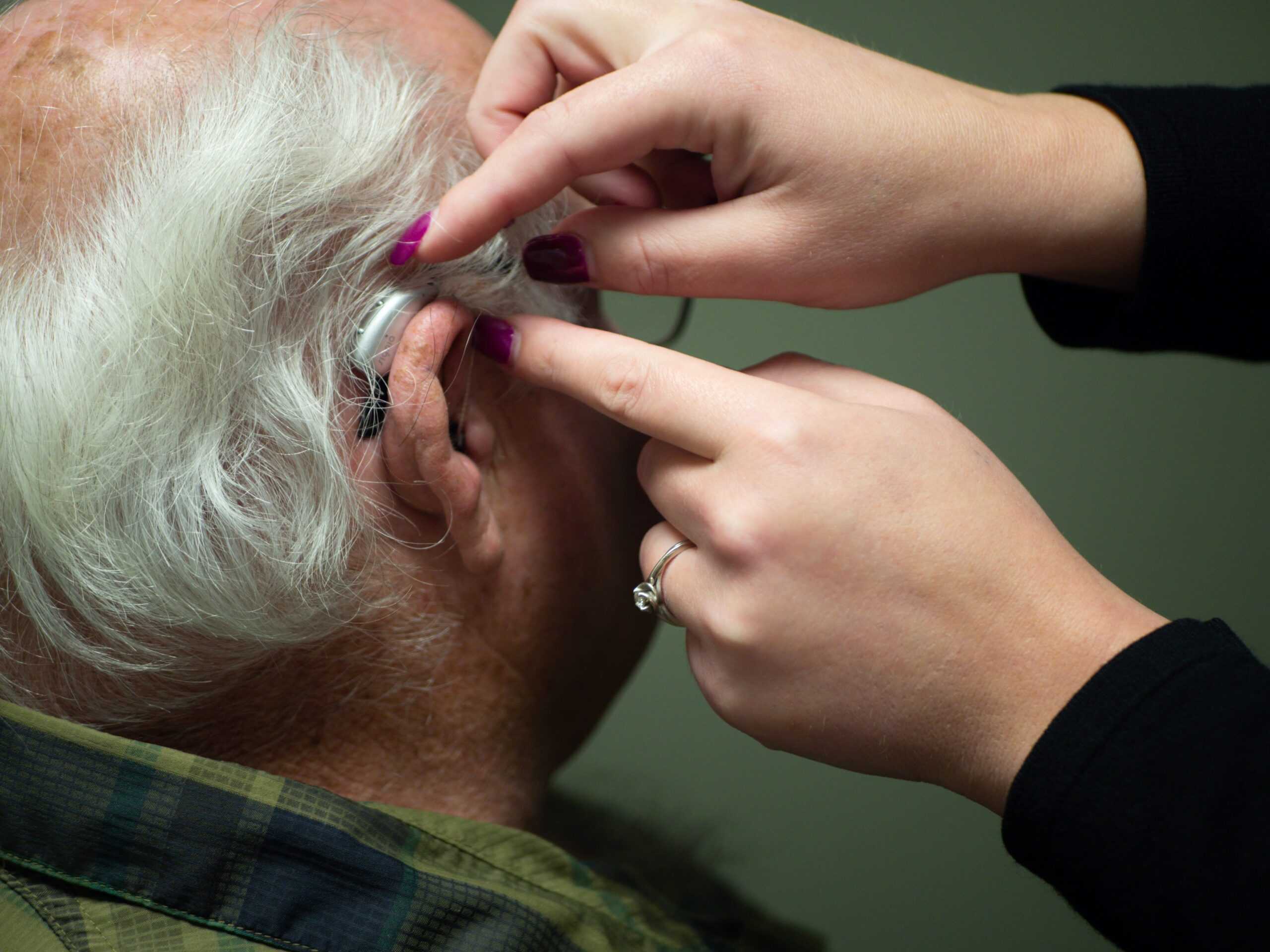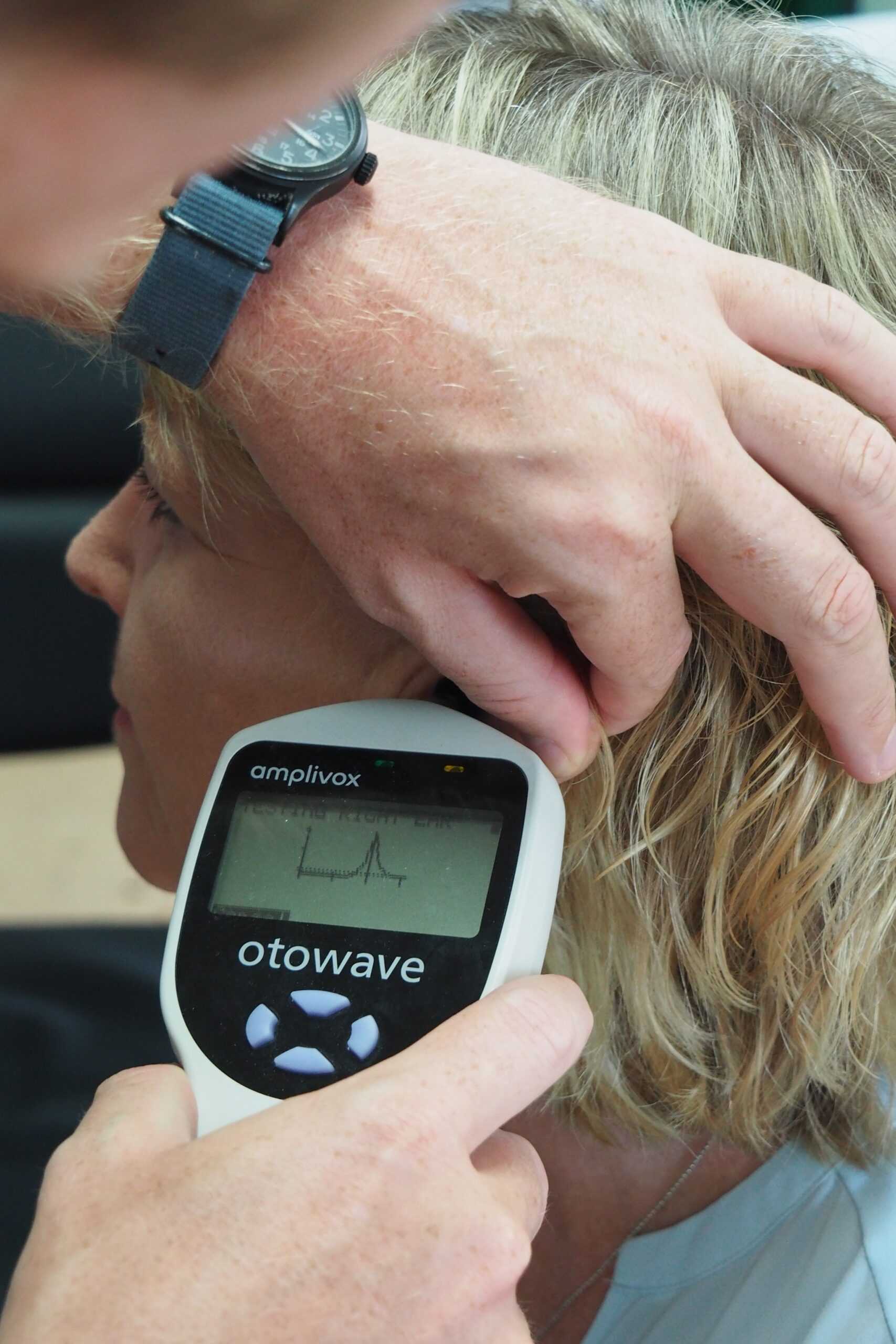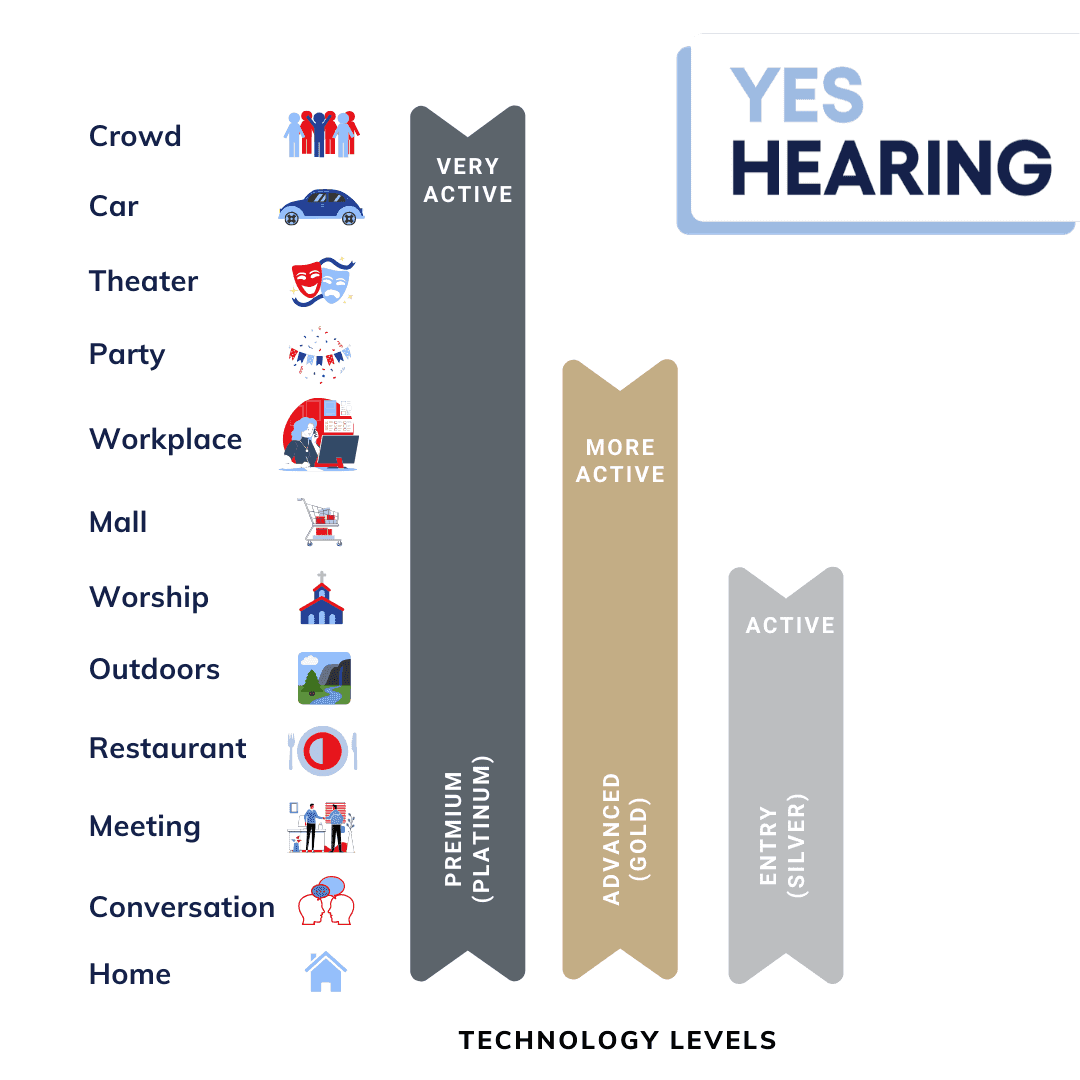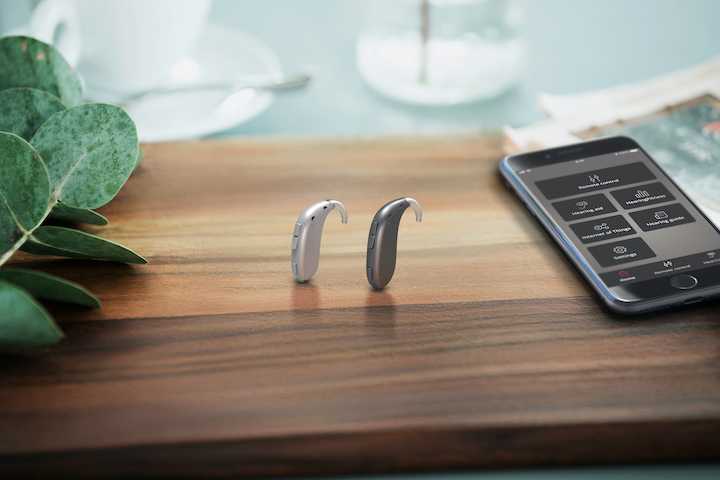Hearing Aids
What are the different types of hearing aids?
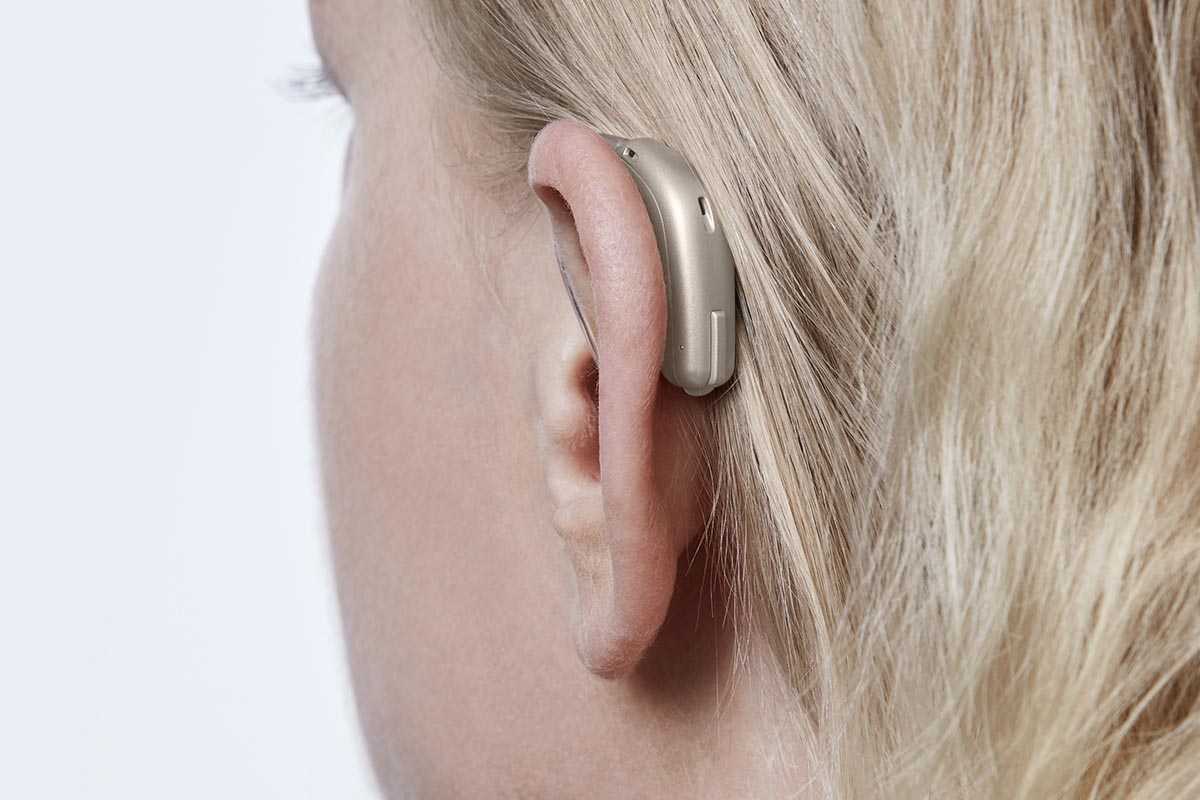
What are the different types of hearing aids?
There are three main types of hearing aids – In-The-Ear (ITE), Receiver-In-Canal (RIC) and Behind-The-Ear (BTE) hearing aids. The purpose of this article is to explain the differences of each, as well as their advantages and disadvantages.
ITE (in the ear) hearing aids:
ITE aids are worn in the ear canal and are sometimes custom-fit, based on an impression that is taken by your audiologist. These styles are typically available in different skin tones to help blend with your ear. There are different styles of ITE hearing aids – from those that fit deeply within the ear canal, to others which are closer to the outer ear.
Advantages:
Many customers find these to be the most discrete type of hearing aids, as they fit entirely within the ear.
Disadvantages
ITE hearing aids are more susceptible to ear wax and moisture damage, and the patient can feel more plugged up. These devices are usually less able to be connected to wireless devices. In addition, ITE hearing aids are meant for patients with a mild to moderate hearing loss and are thus not meant to accommodate severe/profound losses.
RIC (receiver in canal)
These type of hearing aids have the speaker built into an insertable ear dome and are connected by a thin wire. This style of hearing aid tends to have above-average sound quality and is made by all major hearing aid manufacturers. If these type of hearing aids become damaged, they are often the easiest type to repair and may be able to be fixed at a local hearing center, rather than needing to be shipped back to the manufacturer.
Advantages
Advantages of these hearing aids are that the speaker can be replaced separately, and they are the only style of hearing aids that are rechargeable. Additionally many customers find these the most comfortable, and they generally provide excellent sound quality
Disadvantages
Disadvantages are dexterity issues (they are small, and some customers may take a few days to get used to putting them on) and the microphone and sound processor of the hearing aid is visible.
BTE (behind the ear) hearing aids:
BTE styles come with earmolds are able to fit any type of hearing loss, from a mild hearing loss all the way to a to profound hearing loss. The longer shape in a BTE hearing aid follows the contour behind the outer ear and can generally house more features, controls and battery power than any other style of hearing aid. Disadvantages of BTE hearing aids are the larger size which may make it less cosmetically appealing than ITE hearing aids.

Get ready to reconnect with the world around you
At Yes Hearing, we are committed to helping you improve your hearing and communication with your loved ones. Trial a hearing aid to see the benefits of improved hearing.

Speak with a Yes Hearing expert to learn more
With more than 50 audiologists around New York, help is near. Arrange a free consultation whenever suits you via phone, chat or video call and speak with an expert today.
Related articles
Subscribe to our mailing list
Be the first to hear about latest news, content, and more by subscribing to our mailing list. Check your inbox for a confirmation email!

